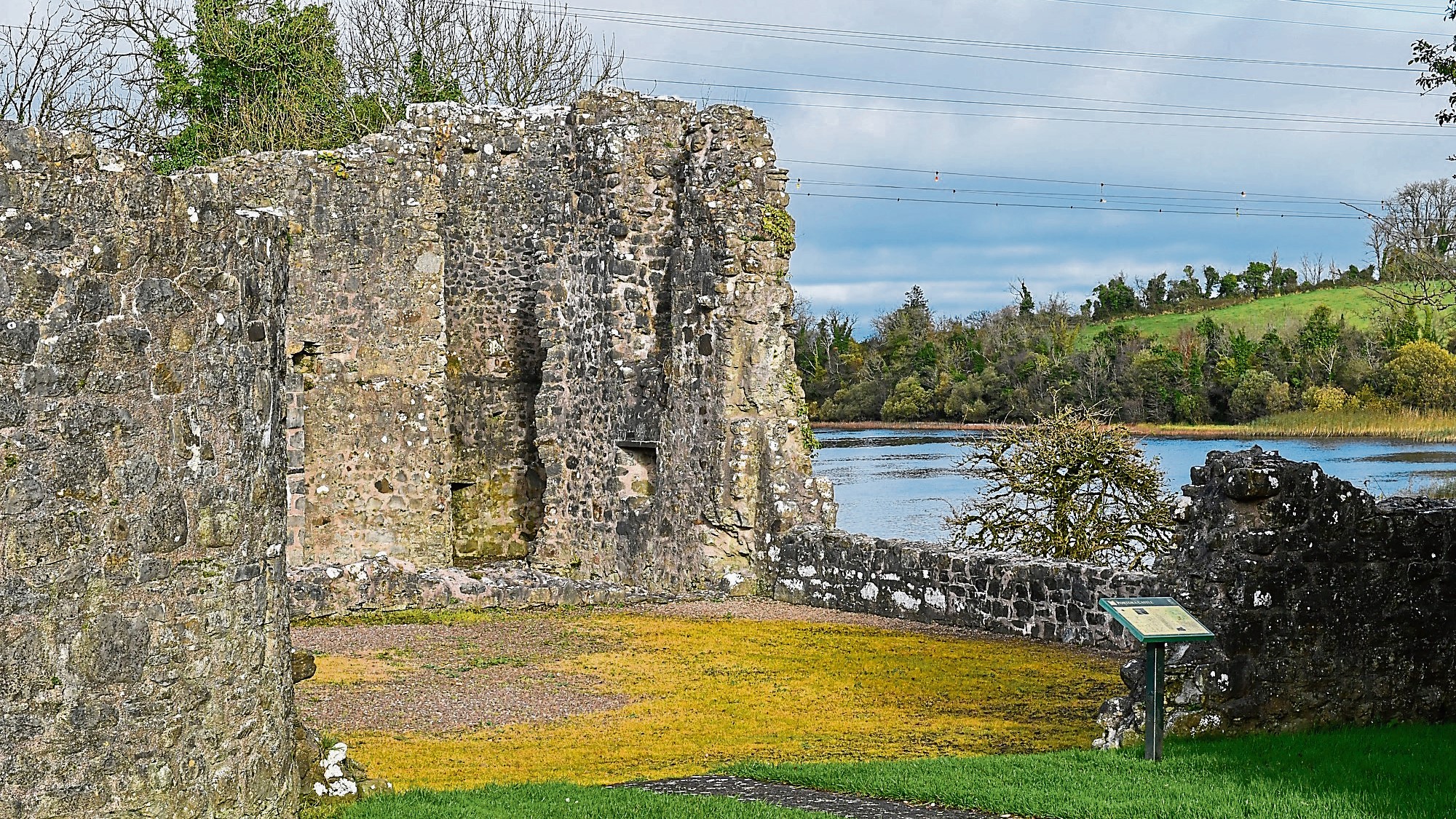PORTORA Castle situated on the south bank of the River Erne along ‘the narrows’, fell at the hands of Portora school boys playing with home-made explosives in 1859.
The castle guards a former crossing point where the river joins Lough Erne. Before the modern barrage was built it commanded a natural ford, a historic crossing place between Connaght and Ulster much used from prehistoric times, and easily crossed for most of the year.
Stone axes, Bronze Age swords and Iron Age ornaments left at the ford by people who came this way are evidence of the heavy traffic.
Built in 1613 by Sir William Cole, Constable of Enniskillen, the castle was a three-storey fortified house built across the width of the bawn, with four corner towers.
It was one of many defensive castles constructed around the shores of Lough Erne between 1610 and 1619 to consolidate the Ulster plantation in Fermanagh.
The first long-term resident was Dr James Spottiswood, Bishop of Clogher, who lived here in the 1620s, but by the time of 1641 rising Portora was an effective Enniskillen military outpost.
Again in 1688, when the town rallied to William of Orange, the tenantry sent a hundred men on horseback to guard the ford below the castle.
Thereafter the Coles lived at Portora Castle before they moved to Florence Court in 1764.
In 1859 truanting boys from the Royal School nearby tried to blow up the derelict castle in a gunpowder experiment and also made determined sapping and mining assaults on it, and more damage was done in the great gale of 1894.
In 1619 a surveyor described Portora as ‘a bawn of lime and stone with four flankers and a house three storeys high strongly wrought’. Two of the round towers were very tall, 30ft, the same height as the house. One of these was lost altogether during river works.
The other two were thatched and not so high. The house, just one room wide, was built right across the bawn. It had two storeys plus attics, a tiled roof and two good-sized fireplaces. Though the layout is in the English style, the random rubble masonry techniques are not.
Irish masons were used, an indicator that the castle was built before English (and Scottish) settlers began arriving in large numbers from 1614 on.
The ruin is still impressive seen from the water, from boats passing through the lock beside the sluice gates that control the level of the shallow upper lake for the benefit of the hydro-electric power station downstream at Ballyshannon.

Portora Castle which fell at the hands of school boys
Posted: 12:18 pm November 22, 2024
Posted: 12:18 pm November 22, 2024








